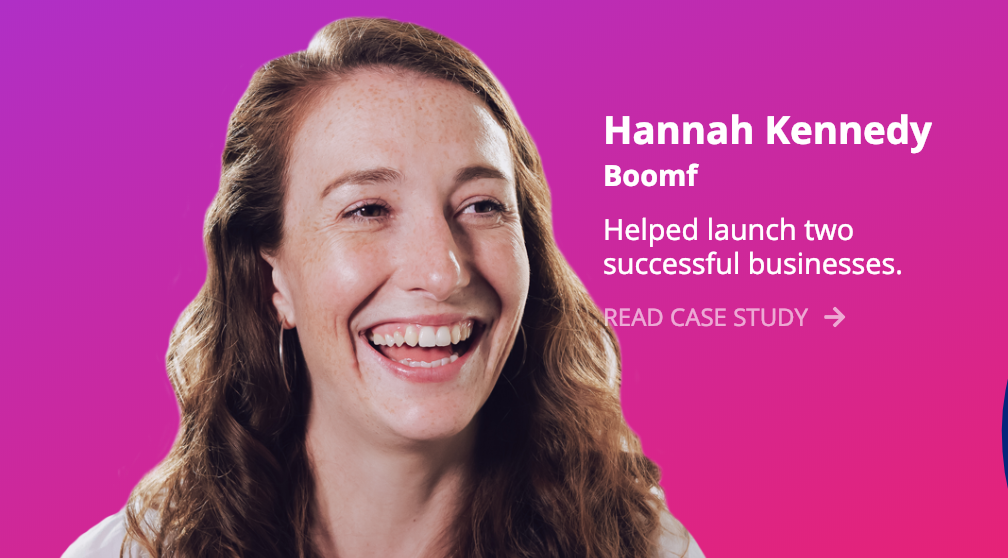Looking for street food? You are likely to approach a vendor with a huge line of people waiting to grab their bowls.
If a million people swear by a brand, you’ll swing towards that brand sometimes even without thinking much.
The more popular a company stock is, which means more people have positive expectations, the more likely the price is to increase — and you’ll invest in it anyway.
See what’s happening there?
It’s called social proof — it is powerful but overlooked despite the fact that we all know intuitively how effective it is.
According to studies, nearly 70% of consumers look for online reviews or some sort of validation before they make purchases. Product reviews left by other customers are at least 12 times more trustworthy than product copy or advertisements.
Are you ignoring the power of social proof?

Your ads are probably not suffering from low-quality design, less powerful copy, or bad execution. It just so happens that you are completely ignoring the power of social proof and you are just as likely not using it for your ad campaigns.
If you are trying to make your gorgeous-looking Facebook ad or purposefully-written Google ad stand out all by itself in isolation and you’ll realize that it’s incredibly hard to do.
Now, social proof applies everywhere — from websites to landing pages; from funnels to ads; from general copywriting to ad copy.
Specifically for your paid ads, social proof goes a long way to help you squeeze more from your ad campaigns.
Sprinkle some social proof on the ad though and you’ll be able to make your ads work that much harder and your ad campaigns will turn fruitful.
Types of social proof for advertising
There are various types of social proof you can use for your ads, landing pages, and funnels — depending on your business. Here are some of them:
- Customer testimonials — applies to almost every business out there.
- Certifications
- Logos of previous & existing clients
- Associations with other organizations, such as governing bodies, communities, etc.
- Expert or celebrity endorsements
- Proof that a few others recently purchased items
- Real-time statistics that show how many people are viewing or buying something. These are popular with travel websites, hotel booking, airline websites, etc.
Now that you know what kind of social proof you could use, here’s how to make your ads work harder, social proof in tow:
Adapt and use social proof, depending on ad formats
How you use social proof will depend on the ad type and the platform you are creating. Google ads restrict the number of characters you can use within your ad. Using customer testimonials might not work for the actual Google ads.
You could have used Google’s review extensions (but Google is sunsetting the feature soon) and that would make for a great addition as social proof.

Let’s assume that you are going to use Google ads. You can still add social proof to your Google Ad in the following ways:
- Use sitelink extensions pointing to a dedicated page on your website full of customer testimonials
- Use the callout extensions to add a small phrase from an actual customer testimonial.
Just be sure not to overdo the promises or the claims you make. You know? Things like “The Absolute Best CRM in the world” or “Lose 140 kilos in 10 Days” — Google won’t allow that.
As for using banner ads, Facebook ads, etc., using social proof is a lot easier with these platforms.
Use customer testimonials as ad copy
Use customer testimonials in your ads. Then, test this ad performance against your regular ads.
For instance, if you were creating a Facebook ad, you could create an ad with just the face of the customer and what they think about your business.

Image Credits: Adespresso
By doing this, you are using social proof in your ad and you’ll also end up using a picture of a real person (which helps boost click-through rate).
You can use customer testimonials as ad copy in a few ads and then test these ads against the regular ads that you run. You can also experiment with short video testimonials against simple image ads.
Promote customer stories

Image credits: Adroll
Insight #1: We humans love stories. If you can weave in your products or services within the story, you have a double-barrel shotgun.
Insight #2: Promoting your stories will ensure that the retention, engagement, and click-through rates are higher, especially for ads.
Insight #3: Using visual medium to narrate stories takes your game up several notches higher.
With the three insights above, you can clearly see why using customer stories as “ads” (as against regular ads that make an offer) can be a lot more engaging. You are not only getting eyeballs, engagement, and clicks on your ads but you’ll also be able to make your ads “sticky”.
Using stories to get results for your business is now all the more easy with Youtube’s Trueview ads, Instagram stories, and Facebook stories already available for you to tap into.
Need help with your ad campaigns, sales funnels, and landing pages? Do you want to ensure a better ROI for your ad campaigns? Fill out this form now and we’ll get back to you.
